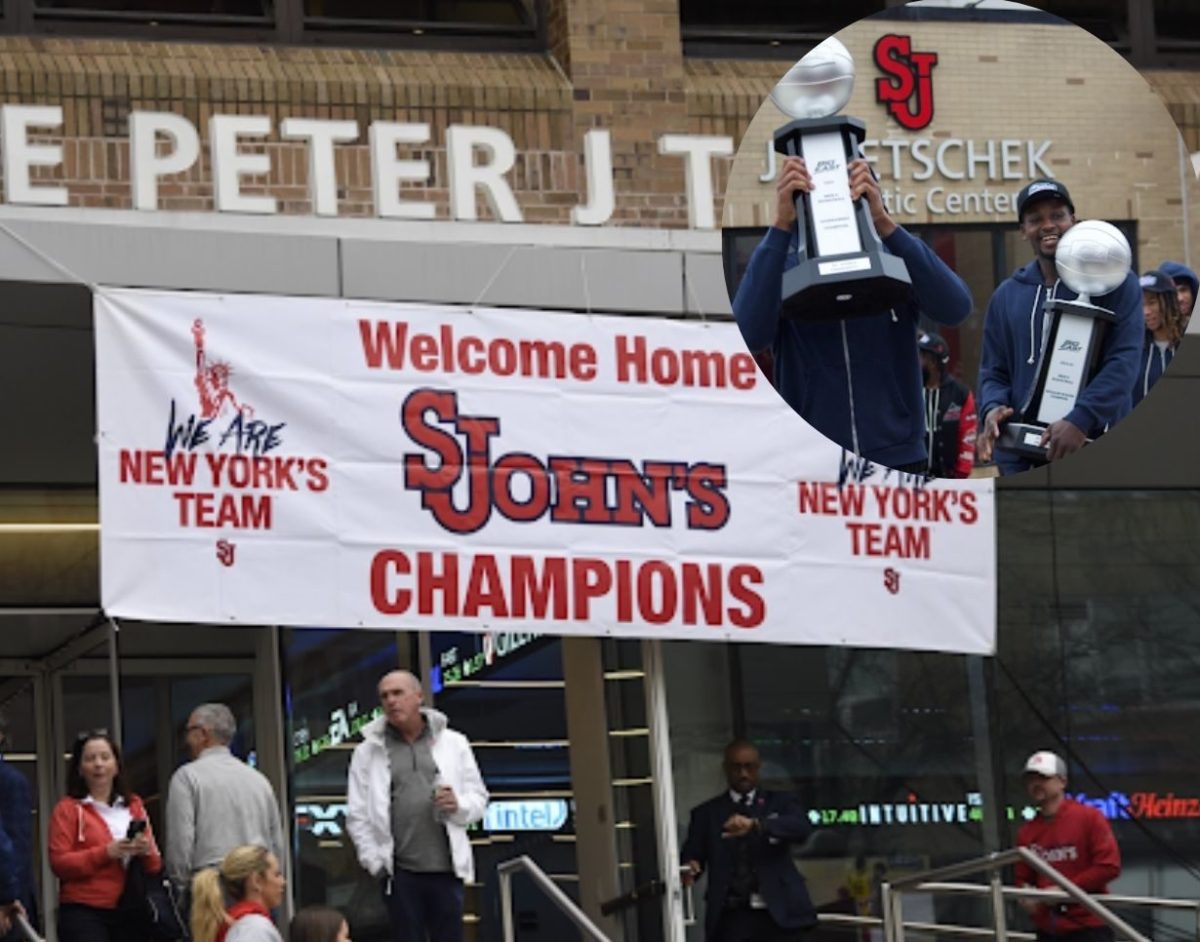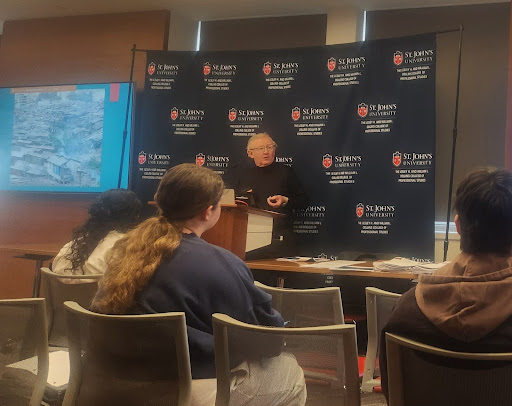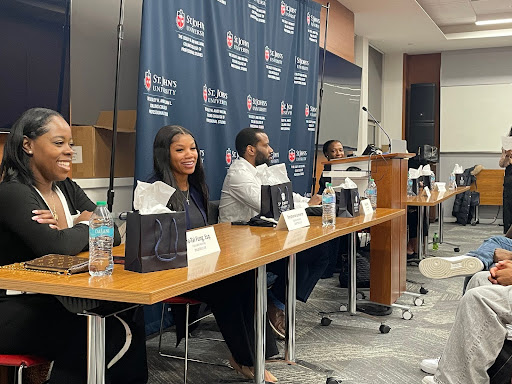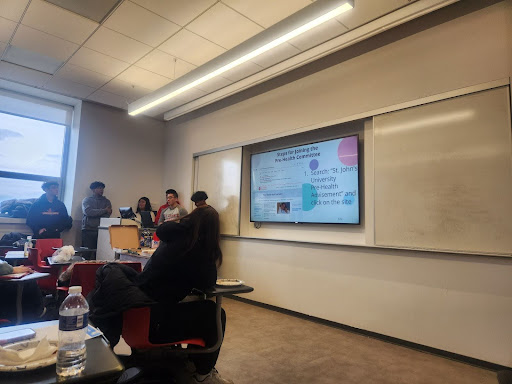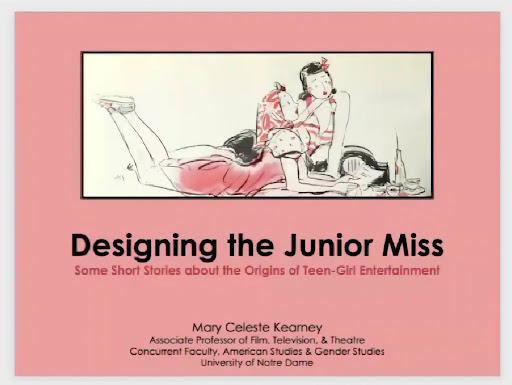
St. John’s University’s history professor Susan Schmidt Horning hosted media expert Mary Celeste Kearney of the University of Notre Dame for a lecture titled “Designing the Junior Miss: Some Short Stories about the Origins of Teen-Girl Entertainment” on March 24 from 1:50 p.m. through 3:15 p.m. on Webex.
The lecture was available for the University and external community. About 30 people were in attendance.
The University’s women, gender and sexuality studies interdisciplinary minor program coordinator, Amy Gansell, also collaborated on the event. She introduced the minor to attendees to begin the lecture.
Kearney began by introducing a 1940s newsreel by the Time-Life Company that represented the attitude toward teenage girls at the time. She called the newsreel, titled “Teenage Girls,” one of the most “curious” media of the times, as it led an in-depth look into perceptions and importance of the teenage girl during the mid-twentieth century.
The video said, “Of all the phenomena of modern life in the United States, one of the most fascinating and mysterious, and one of the most completely irrelevant has been the emergence of the teenage girl.”
“Despite the narrator’s bizarre remarks about teenage girls being irrelevant, Timelines’ newsreels were not American journalists’ first attempt to promote teenage girls as a new social group with unique cultural practices in the 1940s,” Kearny said.
According to Kearney, magazines presented teenage girls as “strange and exotic creatures.” However, most of the girls depicted in the media at the time were white and wealthy, which was not representative of the population.
The emergence of teenagers as an age group identity only happened within the last 100 years. According to Kearney’s presentation, the 1910s through 1930s saw high school enrollment spike by about 300% due to several factors, including changing child labor laws.
As marketers catered to this new group, “all American youth between the ages of 13 and 18, no matter what gender, race, or class were encouraged to see themselves first and foremost as teenagers.”
Teen girls during the 1940s were faced with new social roles, as they were targeted by manufacturers, due to boys being deployed to war. For the first time, young women were seen as economic drivers as employees, rather than just consumers as they had been in the past. This is when cultural icons, like Rosie the Riveter, emerged, representing the shift in lifestyles these girls and young women pioneered through.
“It’s important to note as these changes within education, labor and consumer culture helped to further palm the teenage years as a unique life stage,” Kearney said. “Feminist activism and transformations in American gender politics also contributed to the structure of teenage girlhood as a novel form of identity by the early 1930s.”
The lecture navigated through other categories of discussion including women’s primary role in society and the portrayal of women in contemporary media, which Kearney has researched for her own publications including her current work focusing on U.S. teen-girl entertainment.
To learn more about Kearney’s research, click here for more information.



